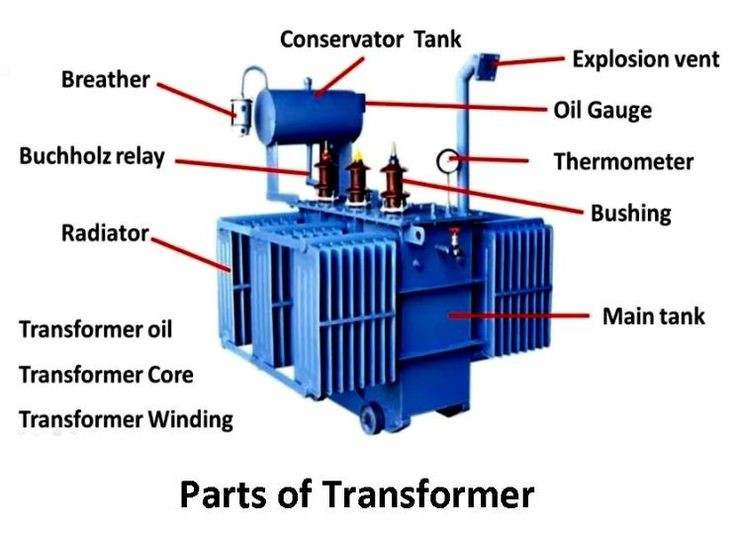Now, imagine a transformer as a giant, oil-filled donut (not the tasty kind, unfortunately). The Buchholz relay is placed in the oil piping between the transformer's main tank and the conservator tank, which is like the donut's hole. When a fault occurs inside the transformer, it produces gas, and this gas accumulates in the Buchholz relay. The relay then triggers an alarm or trips the circuit breaker, depending on the severity of the fault.
So, the equipment protected by the Buchholz relay is primarily oil-immersed transformers, which are commonly used in power distribution and transmission systems. These transformers are essential for converting high-voltage electricity into a form that can be safely used in homes and businesses.
In summary, the Buchholz relay is like a vigilant watchdog, sniffing out potential transformer troubles and keeping the lights on for all of us. And who wouldn't want a guardian angel for their electrical equipment?












No comments:
Post a Comment